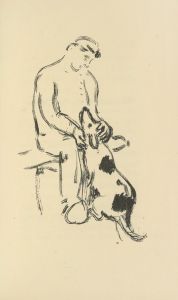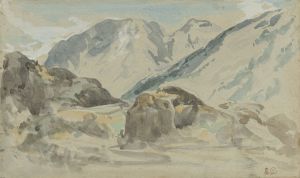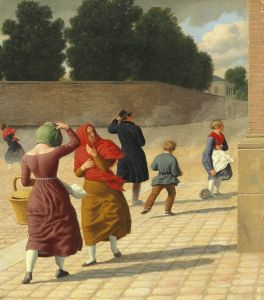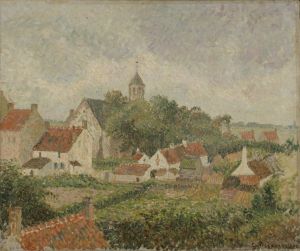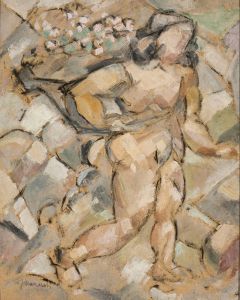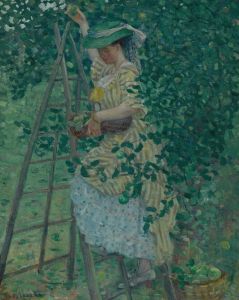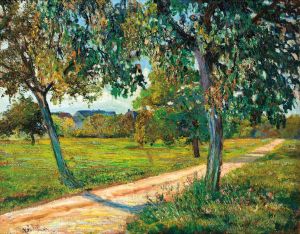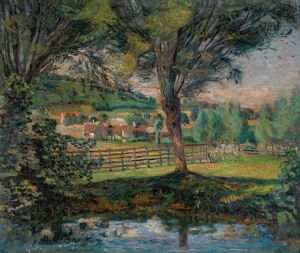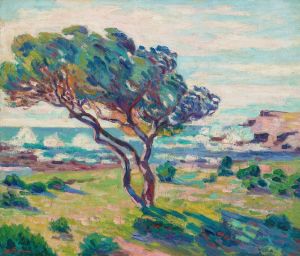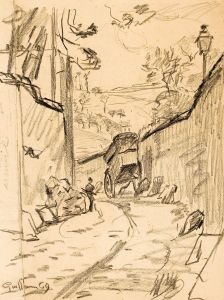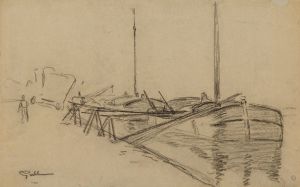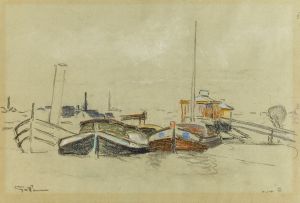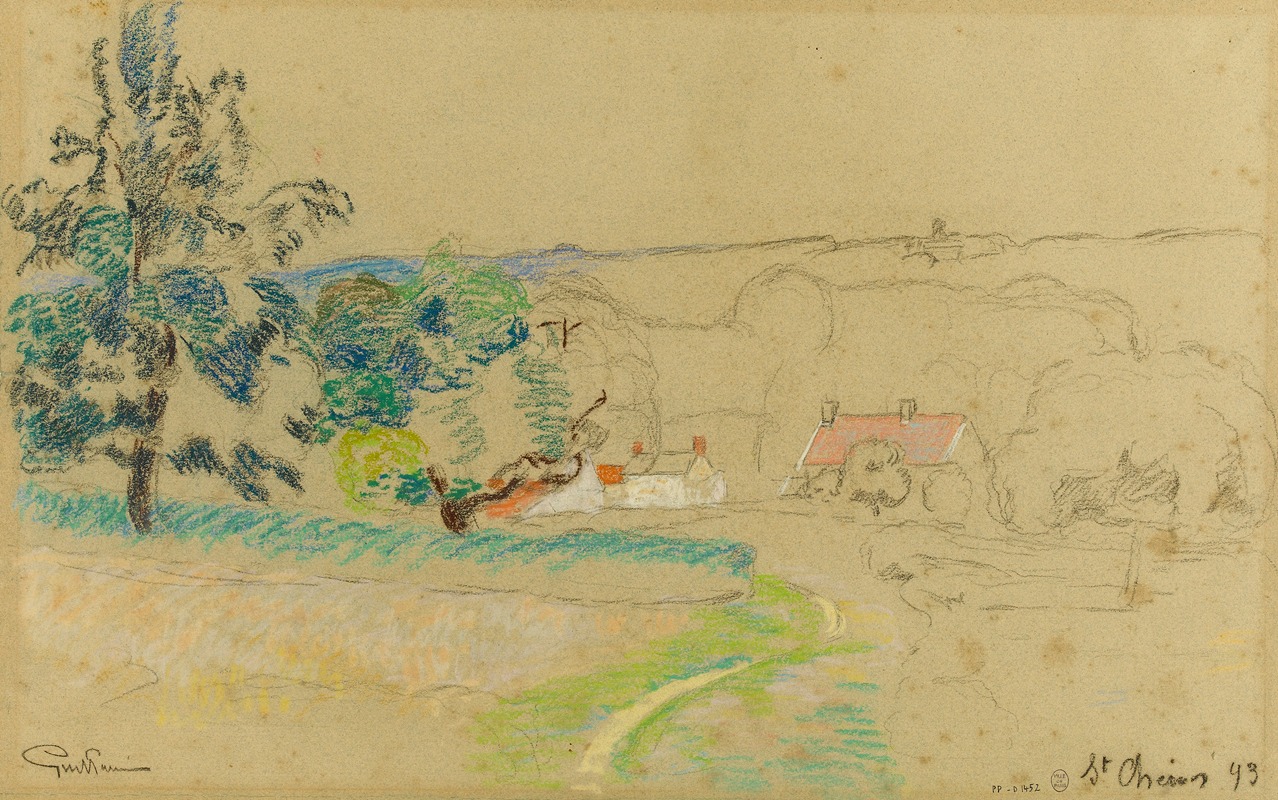
Saint-Chéron
A hand-painted replica of Armand Guillaumin’s masterpiece Saint-Chéron, meticulously crafted by professional artists to capture the true essence of the original. Each piece is created with museum-quality canvas and rare mineral pigments, carefully painted by experienced artists with delicate brushstrokes and rich, layered colors to perfectly recreate the texture of the original artwork. Unlike machine-printed reproductions, this hand-painted version brings the painting to life, infused with the artist’s emotions and skill in every stroke. Whether for personal collection or home decoration, it instantly elevates the artistic atmosphere of any space.
Armand Guillaumin was a notable French impressionist painter, recognized for his vibrant use of color and his depictions of the French landscape. One of his works, "Saint-Chéron," exemplifies his commitment to capturing the natural beauty and light of the French countryside. Guillaumin was born in Paris in 1841 and became associated with the Impressionist movement, which sought to capture the effects of light and atmosphere in a more immediate and spontaneous manner than traditional academic painting.
"Saint-Chéron" is a painting that reflects Guillaumin's interest in the rural landscapes of France. Saint-Chéron is a commune in the Essonne department in Île-de-France, located in northern France. This area, with its picturesque scenery, provided a rich source of inspiration for Guillaumin and other artists of his time. The painting likely captures the essence of this region, characterized by its rolling hills, lush greenery, and tranquil ambiance.
Guillaumin's technique in "Saint-Chéron" would have involved the use of bold, expressive brushstrokes and a vibrant palette, hallmarks of his style. His approach to color was particularly influential, as he often employed a range of bright, contrasting hues to convey the changing effects of light and shadow. This technique not only brought a sense of dynamism to his landscapes but also aligned with the broader goals of the Impressionist movement to depict the fleeting moments of nature.
Throughout his career, Guillaumin was known for his dedication to plein air painting, a method that involves painting outdoors to directly capture the scene in front of the artist. This approach allowed him to observe and render the subtle shifts in light and color that occur throughout the day. "Saint-Chéron," like many of his works, would have been painted with this method, emphasizing the immediacy and freshness that plein air painting can bring to a landscape.
Guillaumin's work, including "Saint-Chéron," contributed to the broader Impressionist movement, which included artists such as Claude Monet, Pierre-Auguste Renoir, and Camille Pissarro. While Guillaumin may not have achieved the same level of fame as some of his contemporaries, his contributions to the movement were significant, particularly in his exploration of color and light.
In addition to his landscapes, Guillaumin also painted urban scenes and portraits, but it is his depictions of the French countryside that remain most celebrated. His works are characterized by their vibrant energy and ability to capture the essence of the natural world.
Today, Guillaumin's paintings, including "Saint-Chéron," are appreciated for their historical significance and their aesthetic beauty. They offer viewers a glimpse into the Impressionist movement and the ways in which artists of the time sought to break away from traditional artistic conventions to explore new techniques and perspectives. Guillaumin's legacy lives on through his paintings, which continue to be studied and admired for their innovative use of color and their evocative portrayal of the French landscape.





